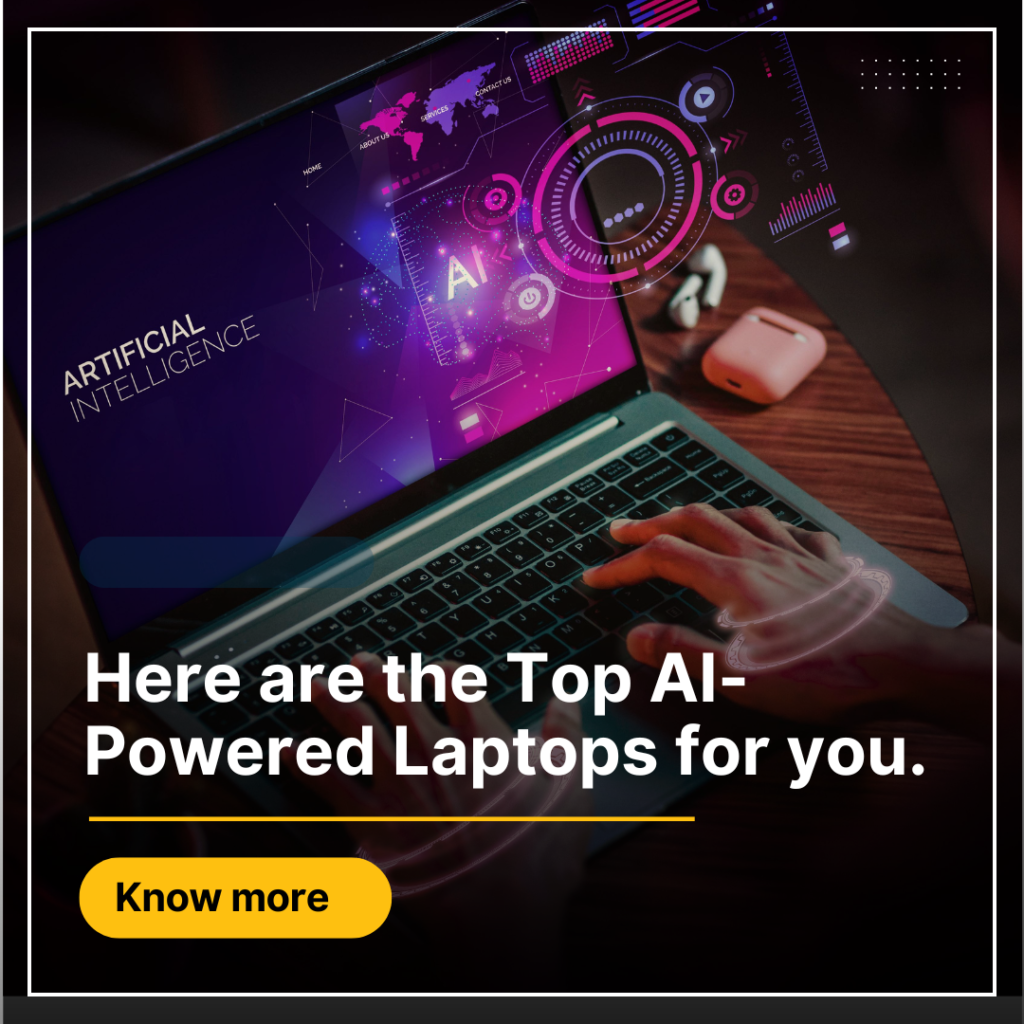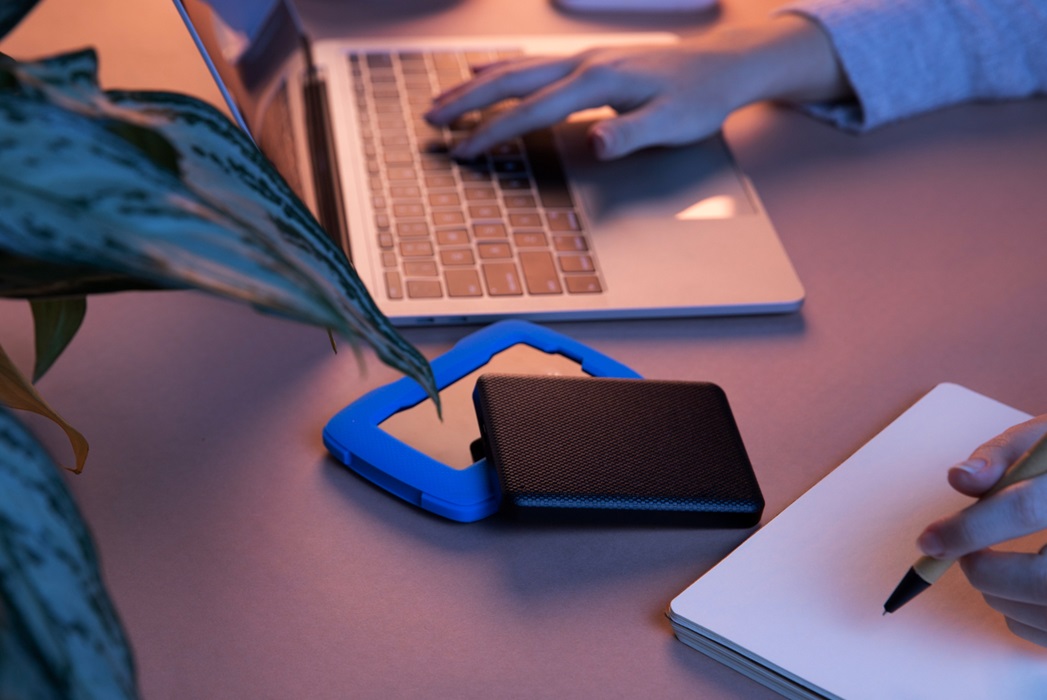Technology is the backbone of any successful organization, and laptops and desktops are the workhorses that keep employees productive and efficient.
Implementing advanced technology, particularly AI, in your hardware can significantly boost organizational performance. But neglecting to update and maintain these technologies can lead to substantial drawbacks. In this article, let’s dive into how tech implementation, especially AI-enabled devices, impacts your organization, and what happens if you don’t keep your technology up to date.
The Pitfalls of Outdated Technology
Outdated technology can be a significant hindrance to organizational efficiency. According to a Gartner study, 68% of IT leaders reported experiencing security vulnerabilities due to outdated hardware. Unpatched systems are prime targets for hackers, putting sensitive data and company information at risk. Furthermore, older machines often struggle to keep pace with demanding software applications, leading to frustrating slowdowns and crashes.
Consider the case of a marketing agency struggling with outdated desktops. Their slow machines hindered creative workflow, with graphic design software lagging and rendering sluggish. Employees wasted valuable time waiting for programs to respond, impacting their ability to meet deadlines. This clearly illustrates how outdated technology can stifle productivity and efficiency, leading to dissatisfied employees and clients.
The Uplift of Upgrading
Upgrading your desktops and laptops is an investment in your organization’s future. Modern machines offer better processing power, increased memory capacity, and faster storage. This means a significant boost in productivity, faster project completion, and ultimately, more revenue.

But it’s not just about performance. New upgrades come with the latest security features, protecting your business from evolving cyber threats. Modern operating systems and security software provide robust defenses, giving you peace of mind so employees can focus on their tasks without worrying about security.
Enhanced Productivity
AI can really up your game when it comes to productivity. AI-enabled laptops can streamline workflows and automate repetitive tasks. For example, AI tools integrated into applications like Microsoft Office can help employees’ complete tasks faster and more efficiently, which is crucial for maintaining a competitive advantage in fast-paced environments.
Professionals in design fields, for instance, can utilize cloud rendering services, allowing them to work on complex projects without the need for high-end hardware. This flexibility not only boosts productivity but also empowers employees to work from various locations seamlessly.
Improved Performance
Modern PCs with specialized hardware, like Neural Processing Units (NPUs), handle AI tasks more efficiently than traditional CPUs and GPUs. This results in better performance for applications that rely on AI, such as video conferencing and graphic design software, leading to a smoother user experience. The marketing agency, after upgrading their desktops, experienced these benefits firsthand with faster rendering times and more responsive software, leading to a significant boost in their creative output.
Better Battery Life
Technological implementations can significantly enhance battery efficiency in workspace devices. Laptops equipped with NPUs can perform AI computations more efficiently, resulting in longer battery life. This is particularly beneficial for mobile workers who rely on their devices throughout the day.
Almost 50% of adults would find it extremely stressful when faced with a dead laptop in the middle of a Zoom work meeting.
Longer battery life means less downtime for employees, allowing them to stay productive for longer periods, whether they are working in the office or remotely.
Advanced Security Features
Modern operating systems and security software come pre-loaded with robust defenses that protect against these threats, providing peace of mind for organizations and allowing employees to focus on their tasks without worry.
In 2020 alone, there were over 700,000 attacks against small businesses, totaling $2.8 billion in damages.
AI-powered security measures in laptops can improve data protection. Features like presence detection and behavior analysis help secure devices against unauthorized access, which is increasingly important as cyber threats evolve.

Cost Efficiency
Organizations can save costs by reducing reliance on cloud computing for certain tasks. Local processing of AI workloads minimizes latency and reduces ongoing cloud service expenses, making AI-enabled laptops a more economical choice in the long run. Investing in modern laptops and desktops can also lead to significant cost savings for organizations.
By enabling remote work and adopting Bring Your Own Device (BYOD) policies, companies can reduce overhead costs associated with physical office spaces and equipment. Additionally, the integration of technology can streamline processes, leading to more efficient operations and ultimately higher profit margins.
Improved Employee Engagement
Modern technology can make the work environment more engaging. Automation tools take over repetitive tasks, allowing employees to focus on more meaningful work. For example, chatbots for scheduling can free up staff to interact directly with clients, enhancing job satisfaction and reducing burnout. Real-time collaboration using upgraded laptops and desktops also improves teamwork and communication, which is vital in today’s hybrid work model.

To sum it up
Bringing in advanced laptops and desktops in your organization boosts productivity, employee engagement, and cost efficiency, while also presenting challenges that need careful management. AI technology further amplifies these benefits, driving productivity, creativity, security, and collaboration. Embracing these advancements and investing in regular upgrades isn’t just a cost; it’s a strategic investment in your organization’s future, unlocking enhanced productivity and profitability.






